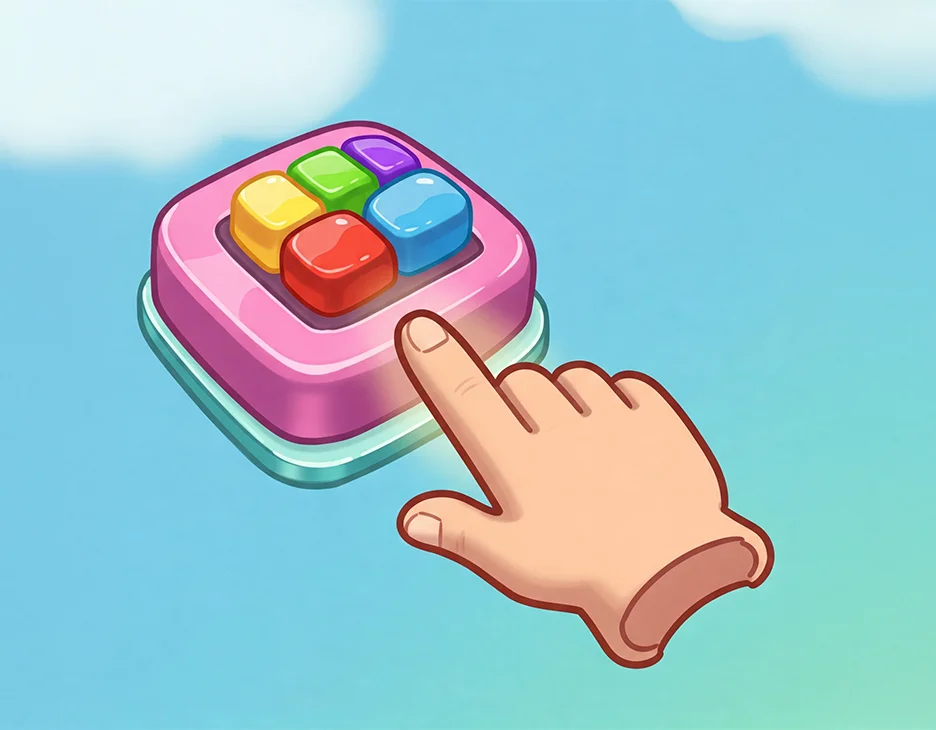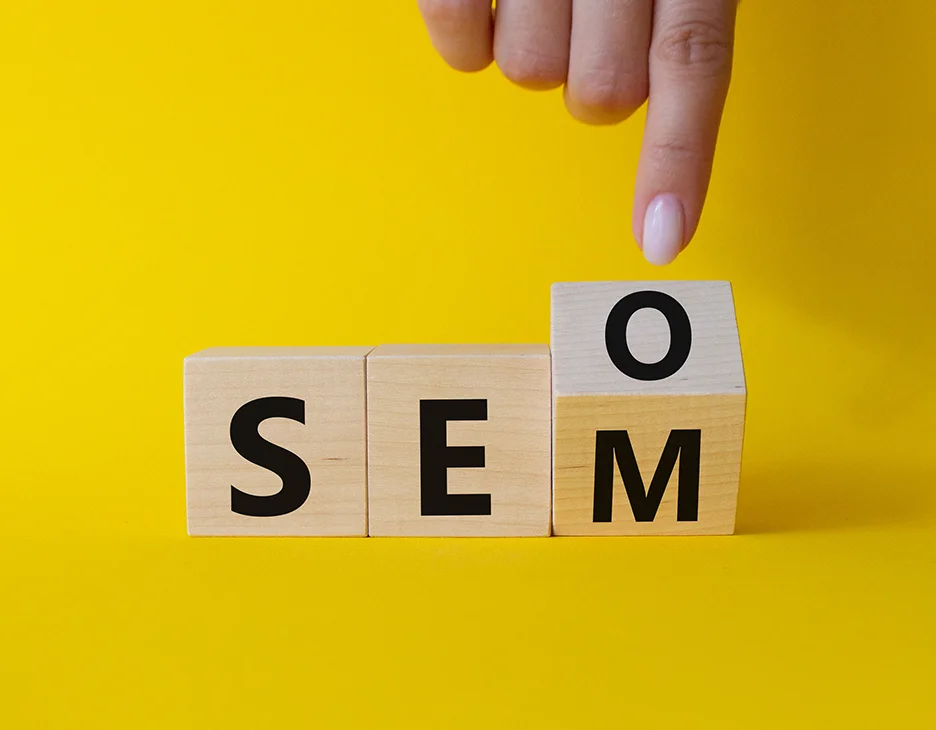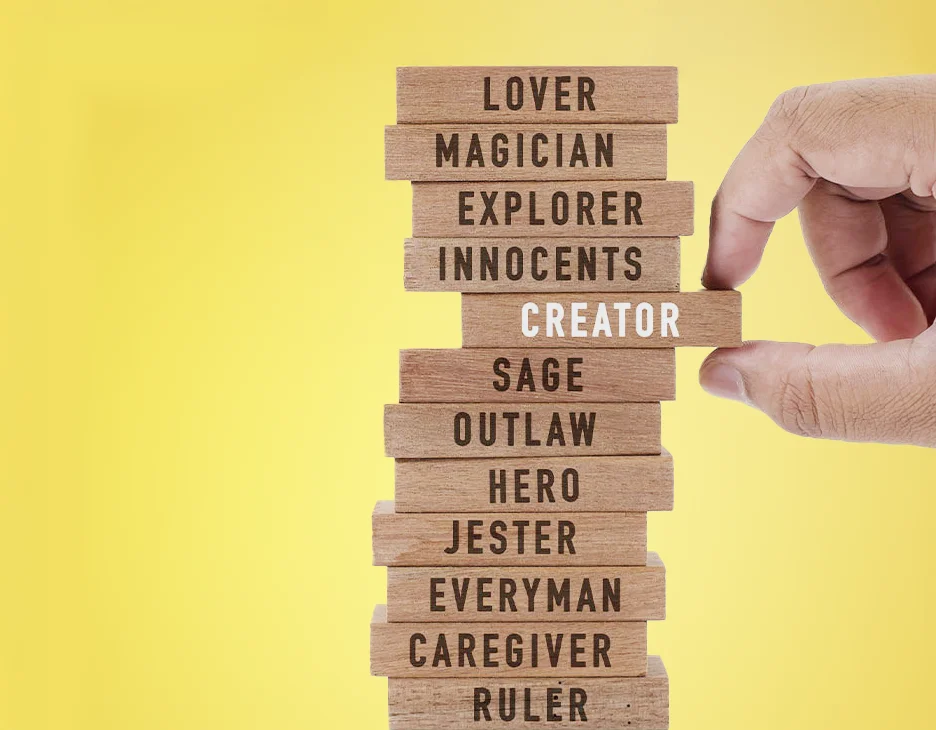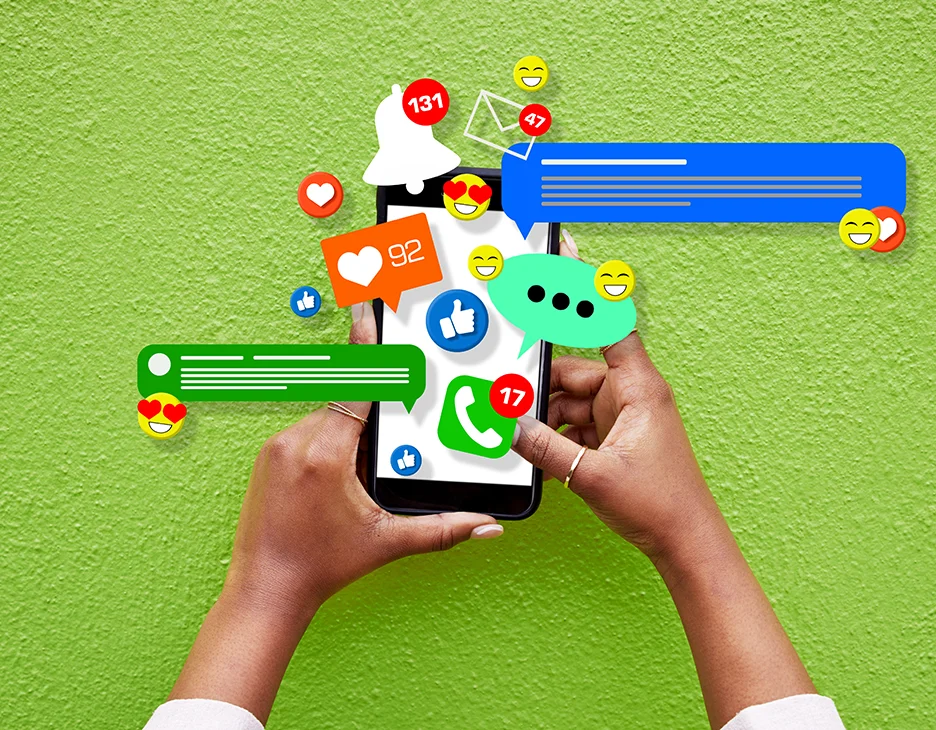What Is Subconscious Marketing?
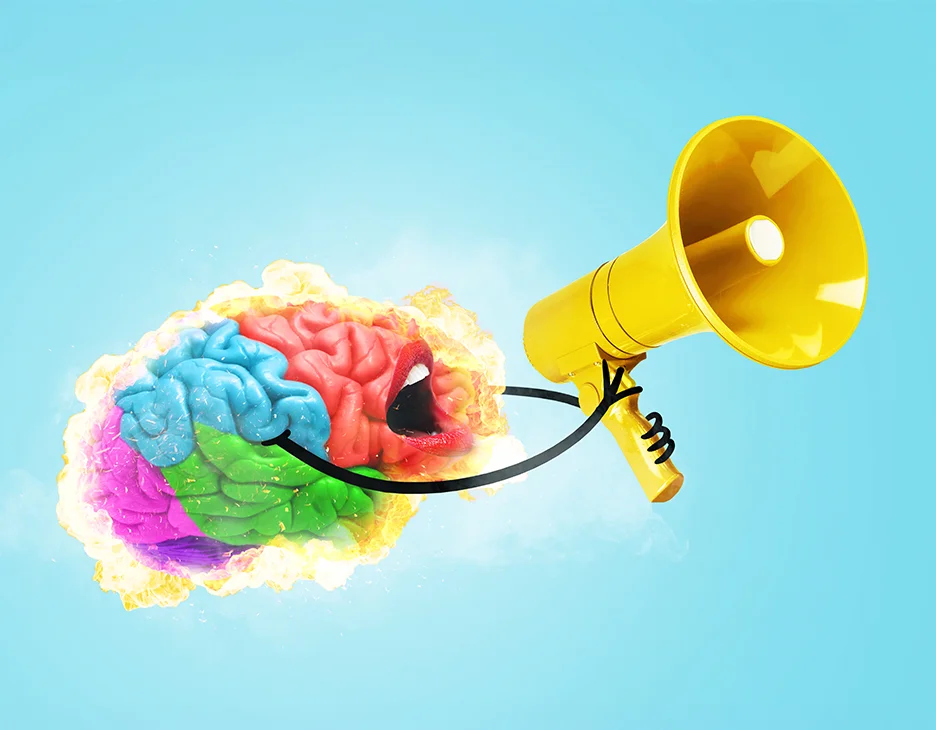
The subconscious mind is an incredibly valuable tool, particularly when striving to enhance your marketing efforts. Cleverly planting seeds in the minds of customers, enabling them to make decisions far before they are aware, is ideal for encouraging your business to strive in your industry. In fact, according to consumer research by CMO, the subconscious mind is responsible for driving up to 95% of purchasing decisions. However, when considering the use of the technique, it can be somewhat tricky to determine the right formula for success. Effective subconscious marketing takes meticulous planning, delving into your brand’s message and uncovering the characteristics that make your selling points truly unique.
A Comprehensive Guide To Subconscious Marketing
So, what is the subconscious mind? Envision the mind as an iceberg, which has been split into three sections. The only visible percentage of the iceberg, although it is the smallest, makes the most impact; this represents the conscious mind. The conscious mind is the physical result of your decisions; for example, the answer to the math problem you have been solving for hours or the meal choice that you eventually made – just like the iceberg, it is the only part that you can see.
Just beneath the tip of the iceberg, underneath the ocean yet within reach of the surface, mirrors the preconscious mind. The preconscious mind is filled with general knowledge, information that you will always know and can access without a second thought. Again, when referring back to the iceberg theory, the second section is nearest to the surface; therefore, it can be reached without effort.
Lastly, is the final section of the iceberg which reaches deep into the depths of the ocean and signifies the subconscious mind. The subconscious mind is similar to a memory bank with unlimited capacity, filled with your deepest of emotions. It is responsible for storing everything that has happened to you, even those that you work hard to forget. The job is the subconscious mind is to ensure that your brain and body can respond to situations the way that you have been programmed to. This is why you react to particular situations in a way that you often cannot control nor expect; otherwise known as ‘autopilot’. As mentioned in an insightful article by Brian Tracy International, it is thought that by your 21st birthday, your brain has stored more than 100 times the contents of the Encyclopedia Britannica, which features 28,000 short articles.
With the above in mind, the subconscious minds ability to spot opportunities makes it a key contributing factor towards whether a client or customer opts for investing their time and money into your business. If you are able to tailor your brand message to appeal to the subconscious mind of your target audience, then you can begin to influence their behaviour choices in favour of your business. Altering your advertising activities to reach the subconscious mind can, if done effectively, grow your business from strength to strength.

How To Achieve Successful Subconscious Marketing
When it comes to tailoring your marketing strategies to reach your customer profile subconsciously, you must first take into consideration their psychological needs. Understanding how to trigger an emotional response can be somewhat tedious, and it is imperative to ensure that you only influence a favourable decision. The core emotional values that should create the foundation for your campaigns must include the following:
- Power
- Security
- Recognition
- Knowledge
- Love
- Freedom
- Money
- Tradition
The core values that you base your marketing strategies will be heavily influenced by your industry, target market and brand message. Almost every leading brand has spent time determining the right emotional “needs” for their ideal customer before implementing subconscious marketing. For example, back in 2009, Coca Cola launched its global ‘Open Happiness’ campaign, which featured short clips across TV, cinema and outdoors. This kickstarts a ‘feel good’ reaction from viewers, targeting the one emotion that absolutely everyone wants to feel – happiness. To this day, Coca Cola retains the ‘happiness’ theme throughout their website, including a ‘what makes us happy?’ infographic, along with ‘choose to smile’ videos and much more.
Another fantastic example, which links with the core value of recognition, is L’Oreal’s famous slogan of “because you’re worth it.” The simple, yet highly effective four words have most definitely stood the test of time, becoming the phrase that the brand is now known for. This automatically triggers a deep feeling of appreciation and being recognised for being yourself – again, something that everyone strives to reach.
Once you have gained a solid understanding of how your campaigns can align with the most important core values for your brand, you can begin to implement smart subconscious marketing.

Build A Memorable Brand
Regardless of your industry, business scale or target market, building a memorable yet reliable brand will remain a foundation for success. Ultimately, the end goal is to encourage the consumer to convert, and this is only possible if they have full trust in your corporation.
The first step towards building a memorable brand is to determine your archetype, otherwise known as your brands ‘personality’, used to give your company a human feel. Therefore, building trust and enabling your target audience to connect with your values. There are 12 different archetypes, and each comes alongside unique characteristics; these are:
- The Creator – The goal of the creator is to create enduring value, encouraging customers to use their imagination.
- The Ruler – The goal of the ruler is to create order in chaos, taking responsibility for situations and act as a role model.
- The Caregiver – The goal of the caregiver is to protect others, showing nurturing, generous and compassionate personality traits.
- The Everyman – The goal of the everyman is to remain a down-to-earth, relatable character which shows people it is okay to be yourself.
- The Jester – The goal of the jester is to bring joy to the world by taking a light-hearted, humorous approach to situations.
- The Lover – The goal of the lover is to help people to feel connected, appreciated and passionate.
- The Hero – The goal of the hero is to be bold, courageous and confident through working hard to improve the world.
- The Magician – The goal of the magician is to make dreams come true, making the impossible to become possible.
- The Outlaw – The goal of the outlaw, also known as the rebel, is to break the rules and create a pathway for change.
- The Explorer – The goal of the explorer is to take risks, tackling new challenges and steering clear from the ‘mainstream’ world.
- The Sage – The goal of the sage is to improve the world through wisdom, knowledge and insight.
- The Innocent – The goal of the innocent is to find the positive in every situation, be happy and remain optimistic.
If you are stuck on how to define your brand archetype, then we suggest using the personality quiz on Vision One for inspiration on those that align best with your business objectives and values.

Choosing The Right Colours
Every colour has a connotation, which means those that are used to represent your brand are guaranteed to invoke different emotions, making it a critical factor in your subconscious marketing strategies. It is imperative to spend time gaining an in-depth understanding of the traits associated with particular colours before building your brand identity. For instance, several global social media platforms including Facebook, Twitter and LinkedIn utilise blue. Although we may not realise at first, the colour blue is known for symbolising trust, comfort and communication, making it an ideal choice for social channels. Red, on the other hand, is a stronger, more passionate colour, which conveys a sense of urgency. This is why red is commonly used during sales, clearances and to promote special offers, as it encourages the consumer to make a faster decision. Keep this in mind when brainstorming social media advertising campaigns and alter your use of colours to suit the goal of the post.
More information on colour psychology and how to choose shades to increase conversions can be found on Crobox.

Use Pricing To Your Advantage
Pricing will always be one of the most significant contributing factors towards whether a consumer makes a conversion. Although many assume that the only way to entice target audiences is to showcase the lowest prices available, this most definitely isn’t the case. There is an abundance of methods to subconsciously trigger the customer into believing that the price is lower than it is. The most popular technique which we can absolutely guarantee that everyone would have experienced is the ‘rule of 9’. As opposed to rounding to the nearest whole number, opt for figures such as £19.99, £4.59 or £99.99. This tricks the mind into believing that the price is lower as instead of seeing, for example, £20, the consumer will only take into account the £19.
Another fantastic example of successful subconscious marketing when it comes to pricing can be seen on Expedia. When you submit your details and click the search tool, the deals will begin to appear slowly, yet showing only the most expensive first. This makes you believe that the most expensive deals are the only ones available to you. As the page continues to load all of its results, you will start to notice the price dropping, convincing you that you have found a bargain by the end.
Embed Marketing Triggers
When marketing an e-commerce website, incorporating persuasive triggers is ideal for appealing to the subconscious mind, again, creating a sense of urgency for the customer to make a conversion. As featured in an article by Propeller, approximately 67% of millennials confess that they prefer to shop online, which means that understanding how to capture their interest is crucial.
Implementing subconscious triggers into your content marketing strategy when building an e-commerce website is relatively straightforward. As opposed to writing in-depth chunks of content, instead, small, straight to the point phrases will be just as effective. When shopping online, the visual aspects take centre stage and text; on the other hand, should be in the form of call to actions. There are an array of triggers which can be embedded into your webshop. Phrases such as ‘limited time only’, ‘free shipping’ and ‘free returns’ are all ideal for driving sales. Accompany your call to actions with countdowns or promotional codes to persuade the consumer to act now to avoid missing out on special offers.

Work On The Small Details
While it is essential to experiment with innovative methods, never forget about the smaller details, which are just as important in promoting an emotional impact on your target audience. Taking time to focus on the basics of running a successful brand will help towards maintaining a positive reputation; these are what will signal as to whether you care for your consumer or not. Just some of the many ways that you can maintain a strong customer focus include the following:
- Communication – Whether you are responding to social media mentions, contact form request or even internal emails, maintaining communication will ensure that your business forms a personable and friendly impression.
- Personalisation – Personalising customer experience is vital in building a positive relationship, in which they will return in the future and recommend your brand to their loved ones.
- Exceed Expectations – You must strive always to go above and beyond to provide an unbeatable experience for every consumer. Exceeding expectations is a fantastic way to deliver your service memorably.
Generate Conversions Through Subconscious Marketing
There is most definitely a strong correlation between brands who adopt the subconscious marketing approach and success in their chosen industry. Having worked as an SEO marketing company for many years, we recognise the need to adapt to the latest trends to find the right triggers for your target audience. Subconscious marketing is a technique that we can guarantee is here to stay!










